Music as Medicine: Healing Through Sound
From ancient temples to modern hospitals, music has always held a special place in human life. More than just entertainment, it has long been recognized as a powerful tool for healing the body, calming the mind, and lifting the spirit. Today, research is catching up with what people have intuitively known for centuries: music can act as medicine.
A Brief History of Music and Healing
- Ancient roots: In Greece, Pythagoras explored the mathematical harmony of sound for health. In India and China, music was tied to balance and energy flow. Egyptians used chants in healing rituals.
- Medieval to Renaissance Europe: Monks and hospitals employed music to soothe patients and encourage spiritual well-being.
- Modern beginnings: After World Wars I and II, musicians played in hospitals to comfort veterans with trauma. These early efforts led to the formal development of music therapy as a profession in the mid-20th century.
Main Areas of Application
Music therapy today is used across many settings:
- Mental health: Helping people manage anxiety, depression, trauma, and stress.
- Physical health: Reducing pain, stabilizing heart rate and blood pressure, supporting rehabilitation after stroke or Parkinson’s.
- Children & learning: Assisting children with autism, ADHD, and developmental challenges.
- Palliative & elder care: Bringing comfort, reducing isolation, and sparking memories in dementia and Alzheimer’s patients.
New Trends & Research
The science of music and the brain is expanding rapidly:
- Neuroscience insights: Brain scans show music activates areas tied to memory, emotion, and reward, releasing dopamine and oxytocin—the “feel good” and bonding chemicals.
- Personalized interventions: AI-curated playlists and music apps are designed for stress relief, focus, and sleep.
- Group music-making: Choirs and drumming circles are being studied for their ability to build resilience and social connection.
- Clinical use: Hospitals use calming playlists before surgery, or in ICUs to reduce stress.
- Emerging frontiers: Virtual reality experiences with music, and even psychedelic-assisted therapy sessions supported by curated soundscapes, are being explored.
Music and Mental Wellbeing
- Anxiety: Slow, steady music reduces physiological arousal and calms nerves before stressful events like surgery or exams.
- Depression: Singing, drumming, or simply listening can elevate mood and support emotional expression.
- Stress & relaxation: Music paced at around 60–80 beats per minute can sync with the resting heart rate, encouraging relaxation.
- Wellbeing: Music boosts mood, strengthens social bonds, and fosters a sense of identity and resilience.
The Takeaway
Music is not just background noise—it is a profound force for healing. From ancient rituals to neuroscience labs, its impact on mind and body is clear. Whether it’s humming a favorite tune, joining a choir, or using a mindfulness app, incorporating music into daily life can reduce stress, ease anxiety, and enhance wellbeing.
In the end, music reminds us of something beautifully simple: sometimes the best medicine isn’t found in a pill, but in a song.
Recent Research & New Trends
Here are some of the most recent high-quality studies and meta-analyses showing how, when, and where music works as medicine.
| Topic / Intervention | What the Study Found | Key Takeaways |
|---|---|---|
| Systematic review during COVID-19 | Music engagement (listening, singing, researcher-led or participant-led) helped reduce stress and anxiety in many cases among adults during lockdowns. SAGE Journals | Suggests music is accessible, low-cost and helpful in crisis / isolation settings. But some studies had weak designs; more rigorous trials needed. |
| Mindfulness-based Music Therapy (MBMT) | RCT in senior college students (2024-2025): 6 weekly 40-min sessions; significant reductions in depression, anxiety, OCD symptoms; improvements in sleep quality and resilience. Frontiers | Combines mindfulness + music has strong promise, especially in younger adults under life-stress. |
| Music therapy, emotional resilience & employability | An 8-week program with 256 participants: music therapy significantly improved emotional resilience, which then led to better wellbeing and employability. BioMed Central | Shows effects beyond clinical symptoms—benefits extend to life functioning, not just feeling “better.” |
| High vs Low-frequency music therapy in psychiatric inpatients | RCT comparing 5 sessions/week vs 1/week: both reduced symptoms, but high-frequency therapy showed greater benefit for stress. MedRxiv+1 | Suggests dosage/frequency matter; more frequent sessions may accelerate or deepen effects (especially for stress). |
| Music therapy for depression | A meta-analysis of 55 RCTs found music therapy significantly reduces depressive symptoms (SMD ~ -0.66) versus controls. PubMed | Strong support that music therapy works for depression; variety of methods (listening, active participation) effective. |
| Sleep, depression & anxiety in mental health populations | Meta-analysis found music listening improved sleep quality; also beneficial for depression & anxiety in mental-health populations. Cambridge University Press & Assessment | Sleep is a crucial mediator. Better sleep helps mood and stress – music can be part of that sleep improvement strategy. |
| Music in surgical / medical settings | Systematic review & meta-analysis (30 RCTs, ~2,280 patients) showed music interventions before/during/post surgery reduce anxiety, pain, blood pressure, heart rate. PubMed+1 | Music is useful as an adjunct in medical care, not only mental health settings; it has measurable physiological effects. |
| Individual music therapy in depression + anxiety | RCT: people with depression who received individual music therapy + standard care showed greater improvement in depression, anxiety, functioning than standard care alone. Cambridge University Press & Assessment | Personalized, regular sessions are effective, even in “standard” clinical populations. |
Deepening Trends & Neuroscience Insights
-
Neural mechanisms: Studies using fMRI show listening + imagining emotional scenes with music engages brain regions like the amygdala, hippocampus, ventral tegmental area, hypothalamus—areas tied to emotion, reward, and bodily regulation. arXiv
-
Personalised / AI-driven tools: For example, systems that detect fine-grained emotional states from user inputs (text, environment) to select or generate music tailored to the listener’s mood and context. Early studies show good mood improvements. arXiv+1
-
Intervention design matters: Frequency (how many sessions), active vs receptive (making vs listening), participant-selected music vs researcher-selected, and combining with mindfulness or other therapies all influence outcomes. Multiple studies above show that more frequent sessions or combining approaches tends to yield stronger effects.
Music & Mental Wellbeing: What Works Best for Anxiety, Depression, Stress & Relaxation
Based on recent evidence:
-
Anxiety: Receptive music interventions (listening), music before/during surgery or stressful medical procedures, or combined active + receptive methods. Medium effect sizes in meta-analyses. PubMed+3PubMed+3PubMed+3
-
Depression: Music therapy (individual or group) added to usual care; methods such as guided imagery, recreative music; clear reductions in depressive symptoms. PubMed+2Cambridge University Press & Assessment+2
-
Stress & physiological relaxation: Music plus mindfulness; higher frequency interventions; musical listening that also affects heart rate, BP; using music in medical settings reduces physiological signs of stress. MedRxiv+2PubMed+2
-
Sleep & well-being: Music listening can improve subjective sleep quality, which in turn supports better mood and resilience. Combined music+mood interventions show improvements in wellbeing beyond symptom reduction. PubMed+3Cambridge University Press & Assessment+3Frontiers+3
Limitations & What We Still Don’t Know
-
Many studies have high heterogeneity (different music types, durations, frequency), making generalisation hard.
-
Blinding is challenging in music studies, which can inflate effect sizes.
-
Long-term effects are less well studied—many studies look at immediate or short-term outcomes.
-
Physiological measures (heart rate, cortisol, BP) often show weaker effects or more variability than self-reported measures.
-
More work needed to define what “active” vs “receptive” methods are best for which populations, and how to tailor music selection.
My Philosophy
At Silencio Music I have worked with hypnotherapists and therapists from other modalities to try to create an audio resource of the highest quality. Please let me know if you have any queries or suggestions – I am always looking for ways to improve my understanding and to make better music for hypnotherapy & meditation.

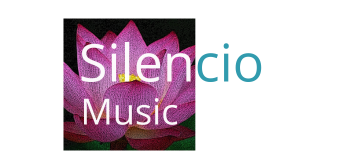








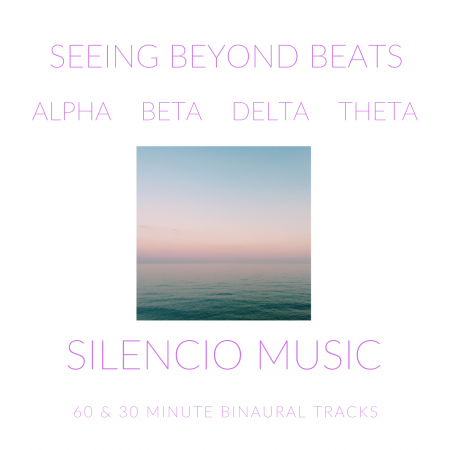
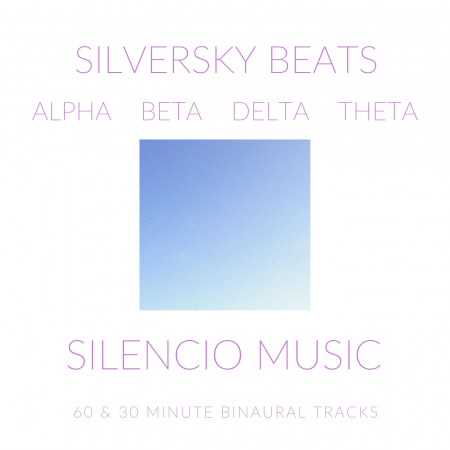
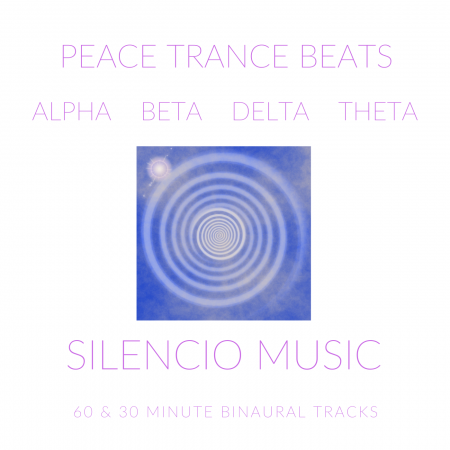


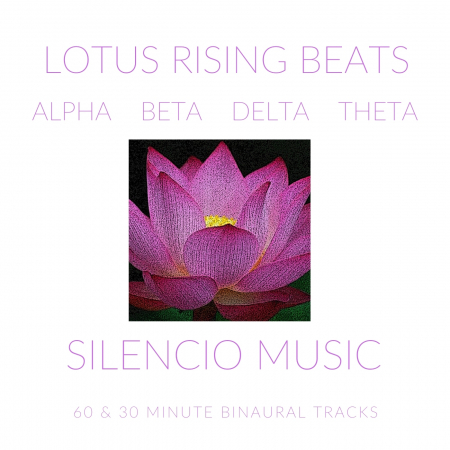

Leave a Reply
Want to join the discussion?Feel free to contribute!